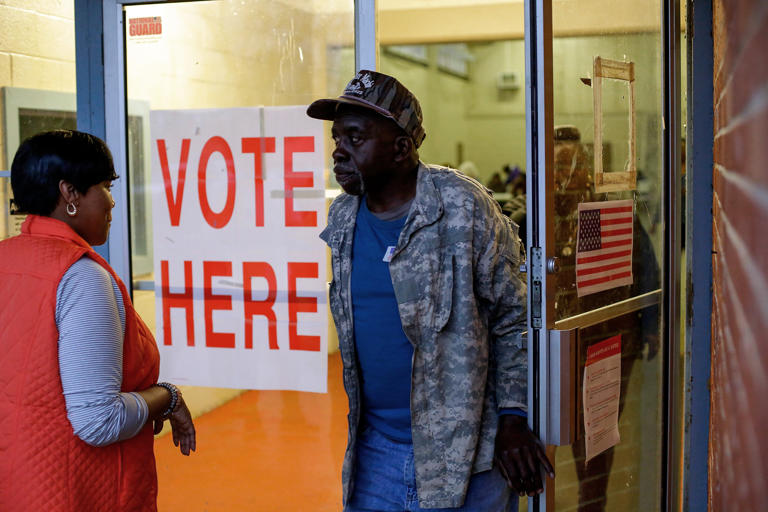Radio's Formats Of Summer: Adult Hits, Classic Rock, Country, And Classic Hits Grow The Most
Story by Inside Radio
COVID may be (mostly) in the rear-view mirror, but the nostalgia effect felt by Americans during the pandemic lingers on, judging by radio's biggest growth formats during this past 'masks-off' summer.
With a rise in social activities where music plays a large part, radios were more likely to be set on the hits of the 70s, 80s and 90s. Nielsen PPMs' persons 6+ shares for adult hits, classic rock and classic hits gained 7%, 6% and 5%, respectively, when comparing averages for the summer months (June-August) to the previous five surveys (January-May).
Nielsen's Formats of Summer report, exclusive to Inside Radio, does show one current-based format, country, in the same league as the above three, with 6+ share up 5%. Country and classic rock stand out among these summer growth formats, due to the unrivaled 0.4-share-point gain for each from Jan.-May to Jun.-Aug.
"While past summer listening patterns have sometimes favored hot AC or CHR, over the past few years classic rock, classic hits and now adult hits are getting more of the seasonal upswing,” Nielsen VP, Audience Insights Jon Miller says. "Country, meanwhile, is consistently a top performer in the summer and benefited from a hot music cycle this year as well."
Compare the above to the summer of '22, when classic rock's growth was +9%, with country at +5% and adult hits at +4%, while classic hits was up by just 1%. The biggest growth format of that summer? Alternative, with an 11% gain, vs. its 3% drop this summer. Third-ranked among summer 2022's gainers was urban contemporary, up 6% vs. flat this time around. Clearly, current music had a larger draw during the summer of 2022, although CHR's change during Jun.-Aug differed little over the past two summers, down 2% for the summer of '23, and -4% a year ago.
For the rest of the field of stations with average PPM shares of 2.0 or higher, urban AC, news, Spanish regional Mexican and the aforementioned urban contemporary were flat from Jan.-May to Jun.-Aug. 2023, while sports and Spanish contemporary fell the most, off by 10%. While news/talk was down 4%, it should be noted that its 6+ share steadily gained from June to July to August (9.5-9.7-9.9), perhaps due to the additional indictments of former President Donald Trump.
There were notable differences in key demographics, especially persons 18-34, where the summer gains were larger for adult hits (12%), country (8%), and classic hits (7%). Leading them all was Spanish regional Mexican, up 13% from the first five months of 2023, likely driven to some degree by the popularity of Peso Pluma, who landed several songs on Billboard's Hot 100, including the top-10-ranked “Ella Baila Sola,” which crossed to several CHR stations.
Adult hits' growth was also in the double digits this summer among persons 18-49 (12%) and 25-54 (13%). Although unable to break the 2-share barrier 6+ and with no key growth there, rhythmic CHR made gains in all three of these demos, up 6% 25-54, 5% 18-34, and 2% 18-49.



